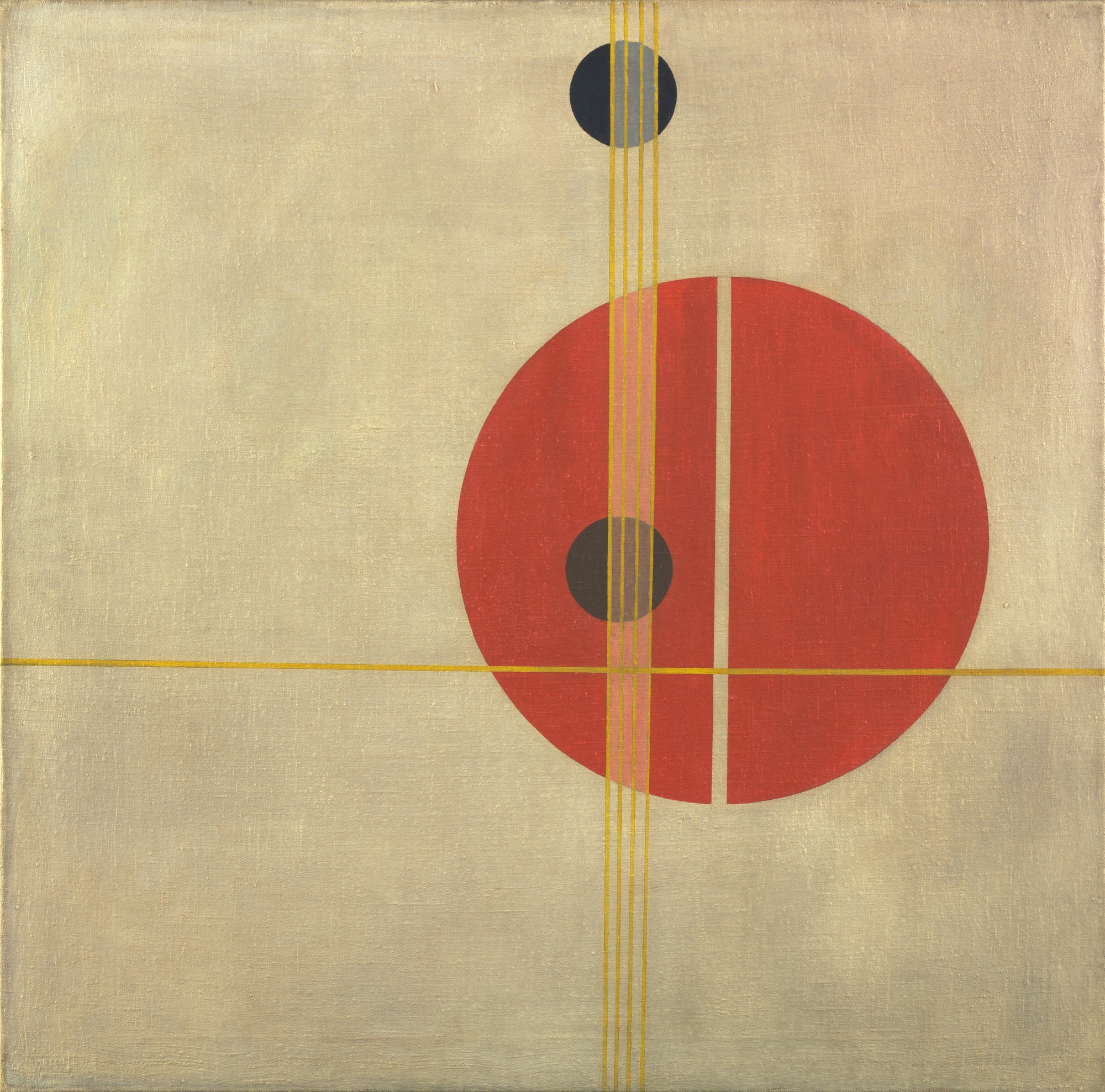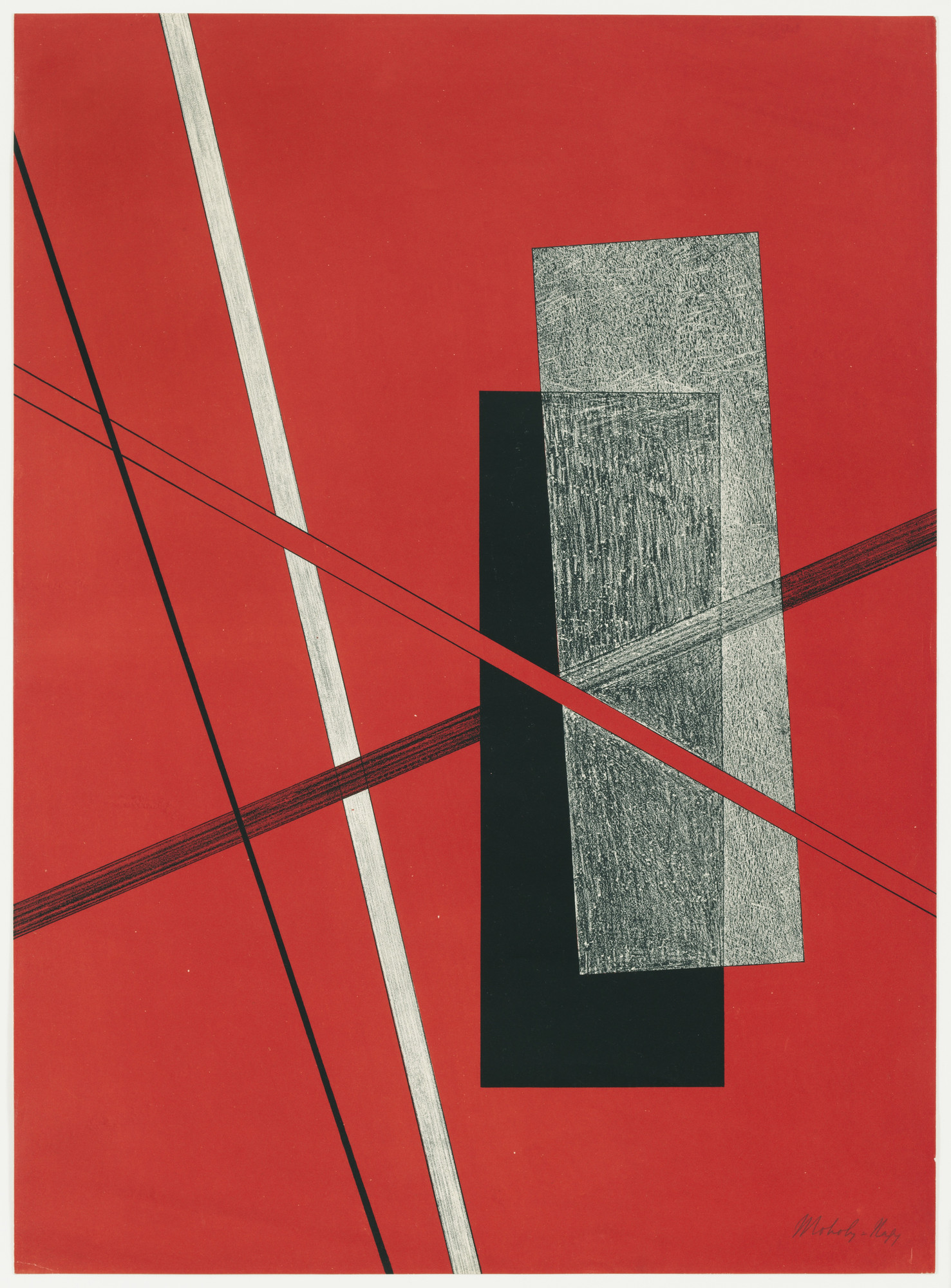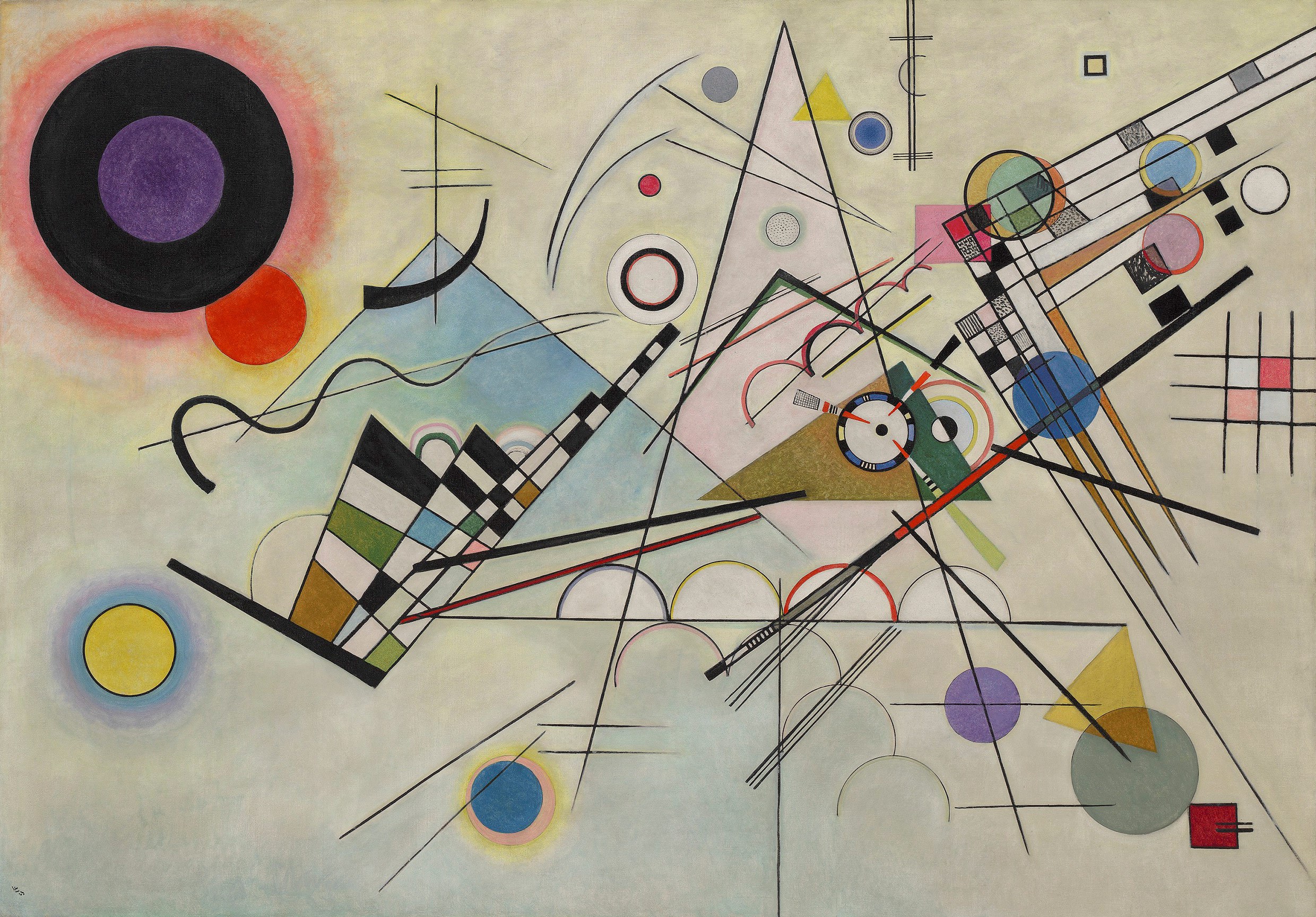Bauhaus, literally translated to “construction house”, originated as a German school of arts in the early 20th century. Founded by Walter Gropius, the school eventually morphed into its own modern art movement characterized by its unique approach to architecture and design. Today, Bauhaus is renowned for both its unique aesthetic that inventively combines the fine arts with arts and crafts.
Bauhaus art is usually abstract or uses simple shapes put together stylishly to resemble something. Most of the art and designs are limited to primary colours and use very precise, carefully composed lines and curves.
Bauhaus art is usually abstract or uses simple shapes put together stylishly to resemble something. Most of the art and designs are limited to primary colours and use very precise, carefully composed lines and curves.
László Moholy-Nagy


Wassily Kandinsky
I like the minimal style of Moholy-Nagy compared to Kandinsky who's work I feel is too crowded, with a lot of different colours but with a dull white background.
I do like how Kandinsky's work appears to have depth even though the art is abstract and only features thin lines and circles.
Moholy-Nagy's art is more inspirational for me, the simplicity makes the work look stylish and crisp. I will employ elements of Moholy-Nagy's art into my own work. For instance I like the use of shadow effects in the second piece and the bright red colour.
I have noticed that a lot of Bauhaus work doesn't use symmetry and the main subject is usually off centre and a lot of empty space is left in one corner.




No comments:
Post a Comment